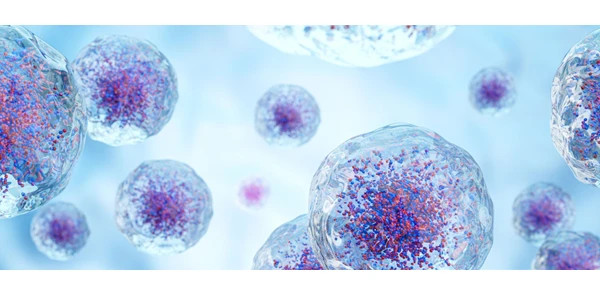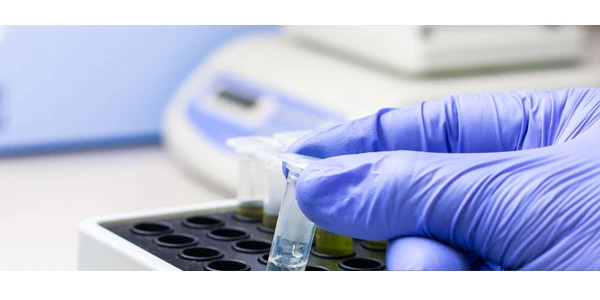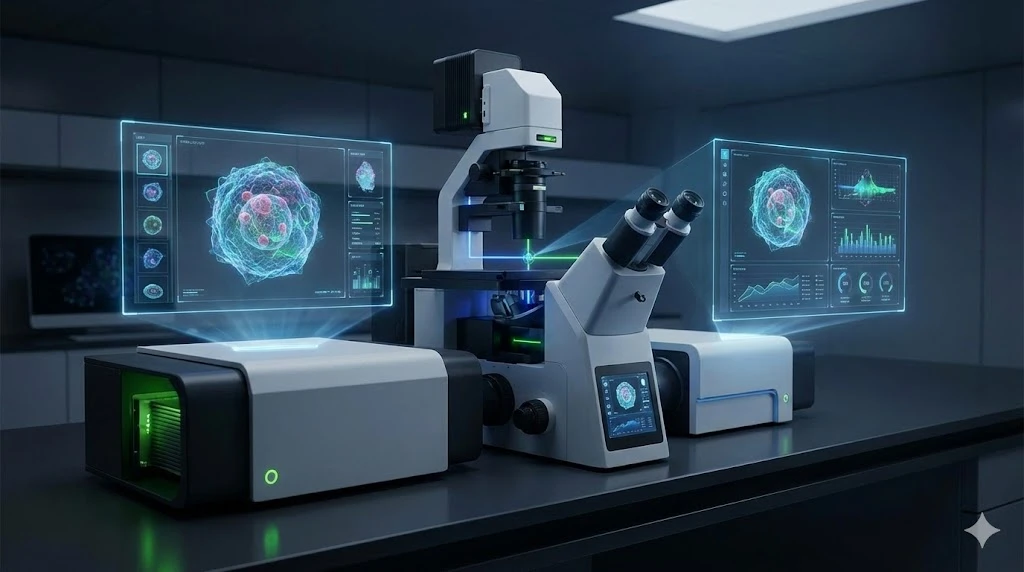Advancements in the MS field over the past two decades have led to greater resolution, accuracy, versatility, and have extended the spectrum of applications. A more recent innovation has been the advent of liquid chromatography (LC) upstream of ionization and a dissociation step during the mass analysis stage – otherwise known as liquid chromatography tandem mass spectrometry or LC-MS/MS.
We can back up and consider the simpler process LC-MS, which is without the dissociation step. LC upstream of ionization is predominantly applied to confer a separation of the multitude of molecules of different size and charge in a given sample. As we mentioned in the ESI post, this ionization and the subsequent analysis requires a relatively clean or pure sample to ensure effective ionization, analysis, and resolution.
LC can be a surrogate to this purification by performing separation of molecules in a complex background inline with MS analysis. A good example is the complex mixture that is the result of peptide digestion in the course of peptide or protein sequencing. Another example is the separation of species in a quantitative labeling experiment, where abundance, not simply identification, is critically important. Actually, both these types of experiments also typically require the fragmentation step implicit in tandem MS (LC-MS/MS), but you get my point…
Owing to the high resolution of ESI-quadrupole analysis, and even higher resolution and sensitivity with the modern use of hybrid analyzers, complex samples can be analyzed and spectra can be captured along the entire LC run of a sample. The amount of data captured is directly related, not just to the richness of the sample, but the flow rate of the LC pump(s) and the sampling rate of the MS instrument.
The limiting step at this point is the deconvolution of the data, which is typically done using established databases of annotated spectra and powerful software interfaces. One can risk the capture of too much data of questionable quality – therefore computational adjustments, such as false positive thresholds, can help weed through what is interpretable and what isn’t. The rate or throughput can also be boosted by the use of an autosampler, which automatically feeds samples through the LC and the downstream MS thereby minimizing downtime.
There are a myriad of details and resources available that dissect the chromatographic process and the methods for LC analysis in MS. We’ll move on to the next step of describing LC-MS/MS.
Tandem Mass Spectrometry or MS/MS is a technique used to induce fragmentation of parent ions in the mass analysis chamber such that daughter ions can be detected, identified, and quantified with better resolution. This technique arose in response to the increasingly common use of soft ionization techniques, such ESI, and the need for advanced fragmentation methods and applications such as peptide sequencing and quantitation.
In MS/MS, using an ESI quadrupole instrument, the configuration actually involves three quadrupoles (i.e. a triple quadrupole). The first quadrupole selects the molecule of interest, which is then fragmented in the second quadrupole by collision with an inert gas, typically argon. The third quadrupole resolves the fragment.
MS/MS on a MALDI-TOF instrument is a newer approach but it has shown valuable application as well. The technique is accomplished by taking advantage of fragmentation that occurs following ionization, otherwise known as postsource decay.
TOF analyzers cannot separate the resulting daughter ions themselves due to the fact that these particles have virtually the same velocity, and therefore cannot be resolved. The reflectron addresses this issue by taking advantage of the fact that the daughter ions have different kinetic energies than the precursor ion, and, as a result, spectra can be resolved.
There are many more details involved in the theory and application of LC-MS/MS, not to mention the instrumentation involved. Hopefully these posts have provided a primer into several important aspects relevant to the MS field.










